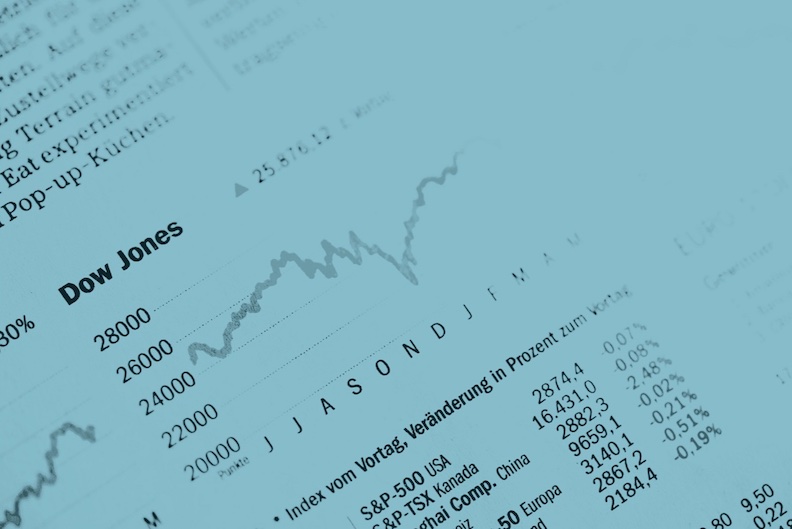What is it about?
This paper examines the relationship between different dimensions of economic uncertainty and suicide rates in England from 1985 to 2020, both in the short and long term. The study employs a non-linear autoregressive distributed lag framework for cointegration estimation. This approach allows testing for the existence of possible asymmetries in the response of suicide mortality to increases in economic uncertainty. The analysis is replicated by gender and across regions, controlling for unemployment and economic growth.
Featured Image

Photo by Ash Amplifies on Unsplash
Why is it important?
Uncertainty is gauged by different proxies that allow computing financial uncertainty and labour market uncertainty indicators. Overall, the analysis suggests that uncertainty intensified during the first year of the COVID-19 pandemic. This is in line with the stylized facts of economic uncertainty and its pronounced role in recessions. When replicating the experiment by gender, we find that women seem to be more sensitive to changes in uncertainty. Regarding the existence of asymmetries, we found that decreases in economic uncertainty have a greater impact on suicide mortality than increases.
Perspectives
In recent decades, a direct association between economic uncertainty and the suicide rate has been observed in certain regions. Despite a progressive decrease in recent years, suicide remains one of the main causes of mortality. Specifically, suicide is the fourth cause of death among young people aged 15 to 29. While more than 700,000 people die by suicide each year, for every suicide there are more than 20 attempts. Therefore, it is essential to advance research aimed at its prevention.
Oscar Claveria
AQR-IREA, Univeristy of Barcelona
Read the Original
This page is a summary of: Analysis of the impact of financial and labour uncertainty on suicide mortality in England, Health & Place, September 2024, Elsevier,
DOI: 10.1016/j.healthplace.2024.103329.
You can read the full text:
Resources
Contributors
The following have contributed to this page







